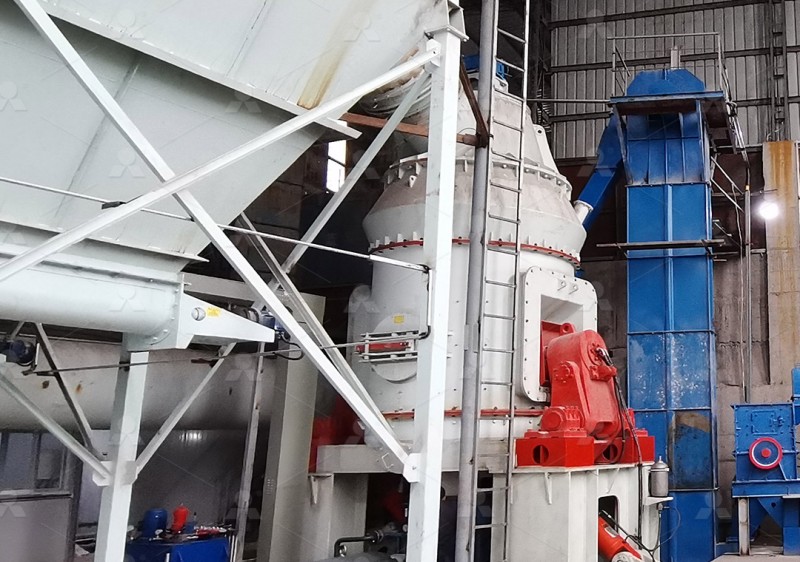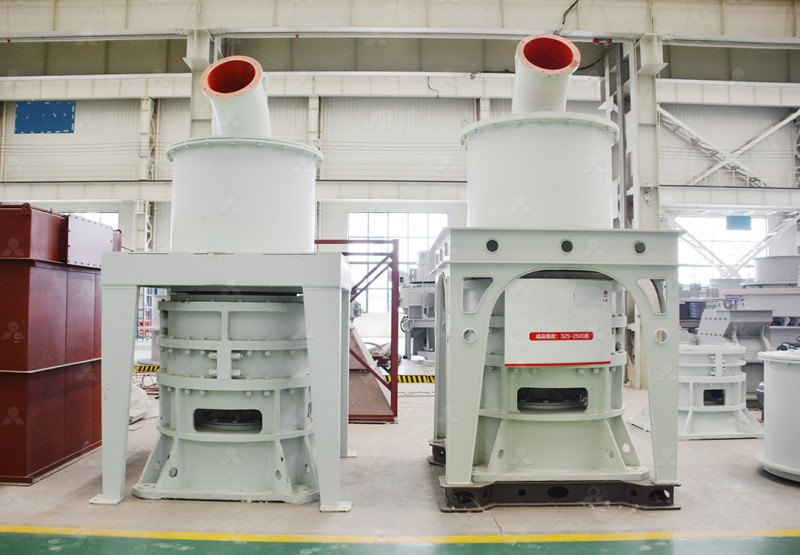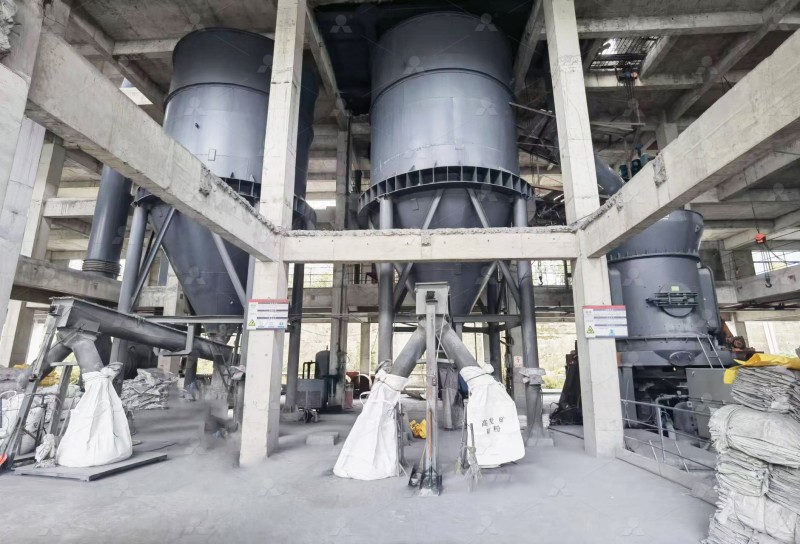Rare Earth Molten Salt Slag Grinding Equipment: Efficient Processing and Recycling Solutions
Rare Earth Molten Salt Slag Grinding Equipment: Efficient Processing and Recycling Solutions
The processing of rare earth molten salt slag presents unique challenges in the mining and recycling industries. This specialized byproduct requires advanced grinding technology to efficiently recover valuable materials while maintaining environmental compliance. As global demand for rare earth elements continues to grow, the development of specialized equipment has become crucial for sustainable resource management.
Rare earth molten salt slag typically contains a complex mixture of compounds that require precise particle size reduction for effective separation and recovery. Traditional grinding methods often fall short in achieving the necessary fineness while maintaining operational efficiency and environmental standards.

The Technical Challenges in Slag Processing
Processing rare earth slag demands equipment capable of handling abrasive materials while producing consistent, ultra-fine powders. The presence of various mineral compositions requires grinding systems that can maintain performance despite varying material characteristics. Additionally, the need for precise particle size distribution is paramount for downstream separation processes.
Energy consumption represents another significant consideration. Traditional ball mills often prove inefficient for these applications, leading to excessive operational costs and environmental impact. Modern solutions must address these concerns while delivering reliable performance in demanding industrial environments.
Advanced Grinding Solutions for Optimal Recovery
For operations requiring ultra-fine processing of rare earth slag, the MW Ultrafine Grinding Mill offers exceptional capabilities. This advanced system processes materials with input sizes up to 20 mm and delivers throughput capacities ranging from 0.5 to 25 tons per hour. The mill’s innovative design features higher yielding capacity with lower energy consumption compared to conventional systems.
The MW Ultrafine Grinding Mill achieves adjustable fineness between 325-2500 meshes through its advanced cage-type powder selector technology. This precision allows operators to optimize particle size distribution for specific recovery requirements. The absence of rolling bearings and screws in the grinding chamber eliminates common failure points, ensuring continuous operation with minimal maintenance interruptions.

Environmental Considerations and Operational Efficiency
Modern slag processing must address environmental concerns while maintaining economic viability. The integrated pulse dust collector in the MW Ultrafine Grinding Mill effectively contains particulate matter during operation, while specialized mufflers and noise elimination technology maintain workplace safety standards. The system’s digitalized processing ensures consistent performance and facilitates integration with automated control systems.
For operations requiring vertical grinding solutions, the LUM Ultrafine Vertical Grinding Mill provides complementary capabilities. With input sizes up to 10 mm and capacity ranging from 5-18 tph, this system incorporates the latest grinding roller technology and German powder separating technology. Its reversible structure simplifies maintenance procedures, while multi-head powder separating technology reduces energy consumption by 30-50% compared to conventional mills.
Implementation Strategies for Maximum ROI
Successful implementation of rare earth slag grinding systems requires careful consideration of operational parameters. Facilities should conduct comprehensive material testing to determine optimal grinding configurations and develop maintenance schedules that maximize equipment lifespan. The availability of genuine spare parts and technical support ensures long-term operational reliability.
Operations implementing these advanced grinding systems typically report significant improvements in recovery rates while reducing energy consumption and environmental impact. The combination of precision engineering and robust construction makes these solutions ideal for the demanding requirements of rare earth processing facilities.

Frequently Asked Questions
What makes rare earth molten salt slag particularly challenging to process?
Rare earth molten salt slag contains complex mineral compositions with varying hardness and abrasiveness. The material often includes compounds that require precise particle size reduction for effective separation, while the presence of corrosive elements demands equipment with exceptional durability.
How does the MW Ultrafine Grinding Mill achieve higher efficiency compared to traditional systems?
The MW Ultrafine Grinding Mill incorporates newly designed grinding curves of grinding roller and grinding ring that enhance grinding efficiency. With the same fineness and power, production capacity is 40% higher than jet grinding mills and twice as large as ball grinding mills, while system energy consumption is only 30% of jet grinding mills.
What environmental benefits do these grinding systems provide?
Advanced grinding systems feature integrated pulse dust collectors that prevent dust pollution during operation. Silencers and noise elimination rooms reduce acoustic impact, while the entire production process complies with national environmental protection standards. The systems’ energy efficiency further reduces their environmental footprint.
How does the adjustable fineness feature benefit rare earth recovery operations?
The ability to adjust fineness between 325-2500 meshes allows operators to optimize particle size for specific separation processes. This precision ensures maximum recovery of valuable elements while maintaining processing efficiency. The cage-type powder selector with German technology provides exceptional separation accuracy.
What maintenance advantages do these systems offer?
The absence of rolling bearings and screws in the grinding chamber eliminates common failure points. External lubrication systems enable maintenance without shutdown, supporting continuous 24-hour operation. Digital monitoring systems provide early warning of potential issues, allowing proactive maintenance scheduling.
